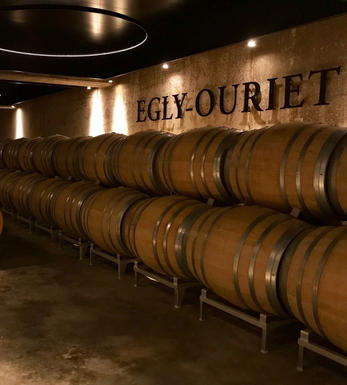
Critics reviews
Stephan Reinhardt - 30/10/2015
About this WINE

Champagne Egly-Ouriet
The history of Champagne Egly-Ouriet dates back to the late 18th century when the Egly family began cultivating vineyards in the Montagne de Reims region, known for its prime Champagne terroir. However, in the 20th century, the estate gained recognition under the leadership of Francis Egly, who took over the family business in the 1980s.
Champagne Egly-Ouriet is known for its dedication to traditional and meticulous winemaking methods. They focus on producing single-vineyard, vintage Champagnes, emphasising terroir expression and each vineyard parcel’s unique characteristics. The estate owns and manages vineyards in some of the most prestigious areas of Champagne, including Ambonnay, Bouzy, Verzenay, and others. These Grand Cru and Premier Cru vineyards are known for their high-quality Pinot Noir and Chardonnay grapes, the primary varieties used in Champagne production.
Champagne Egly-Ouriet has embraced biodynamic farming practices, prioritising organic and sustainable agriculture. These practices aim to enhance the overall health of the vineyards, improve grape quality, and reflect the unique terroir in the final wines. The winery follows a minimalist approach in the cellar, using natural yeasts for fermentation and avoiding excessive manipulation of the wines. This approach allows the grapes’ natural characteristics to shine through in the final Champagne.

Champagne blend
Which grapes are included in the blend, and their proportion, is one of the key factors determining the style of most Champagnes. Three grapes are used - Pinot Noir, Chardonnay and Pinot Meunier.
26% of vineyards in Champagne are planted with Chardonnay and it performs best on the Côtes des Blancs and on the chalk slopes south of Epernay. It is relatively simple to grow, although it buds early and thus is susceptible to spring frosts. It produces lighter, fresher wines than those from Burgundy and gives finesse, fruit and elegance to the final blend. It is the sole grape in Blancs de Blancs, which are some of the richest long-lived Champagnes produced.
Pinot Noir accounts for nearly 40% of the plantings in Champagne and lies at the heart of most blends - it gives Champagne its body, structure, strength and grip. It is planted across Champagne and particularly so in the southern Aube district.
The final component is Pinot Meunier and this constitutes nearly 35% of the plantings. Its durability and resistance to spring frosts make the Marne Valley, a notorious frost pocket, its natural home. It ripens well in poor years and produces a soft, fruity style of wine that is ideal for blending with the more assertive flavours of Pinot Noir. Producers allege that Pinot Meunier lacks ageing potential, but this does not deter Krug from including around 15% of it in their final blends.



Buying options
Add to wishlist
Description
Golden in color, the 2004 Brut Millsime Grand Cru offers an intense and precise aroma of slightly toasted whole-grain bread, brownish apples, apple strudel, oranges, dried fruits, raisins, brioche, and hints of mocha and nougat. This full-bodied yet lovely, really pure and dry wine is very elegant, quite expressive on the palate, and finishes with a refreshing lime aroma and citric acidity. This is a classic for fans of complex Champagnes of great purity and finesse. The wine is very well structured and quite firm in the finish and aftertaste, and can be stored for 4-5 years. The wine was sourced from old vines in grands cru vineyards of Ambonnay and bottled for the second fermentation without filtration. It was then kept on the lees for 100 months and disgorged in November 2013.
Stephan Reinhardt - 30/10/2015
wine at a glance
Delivery and quality guarantee